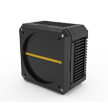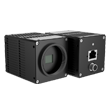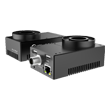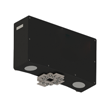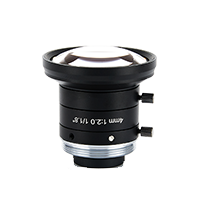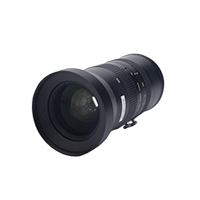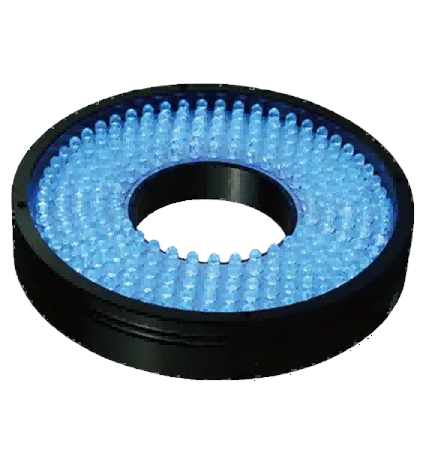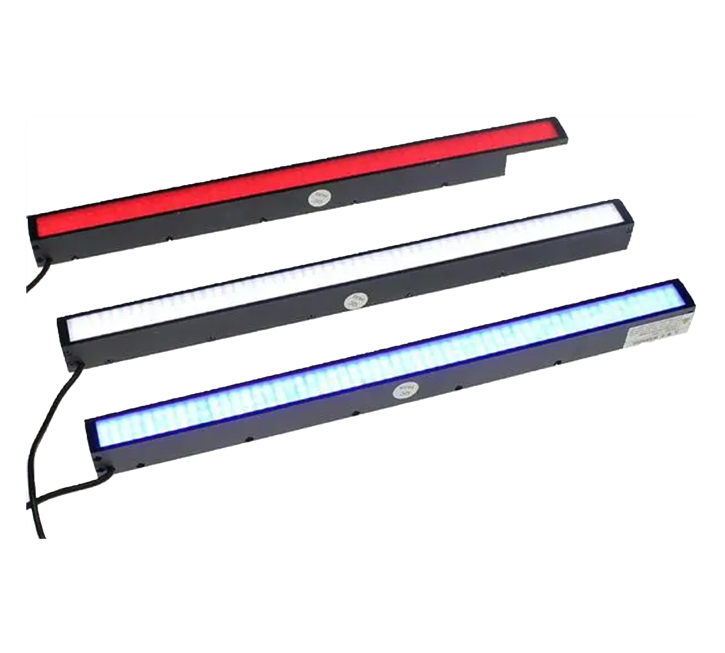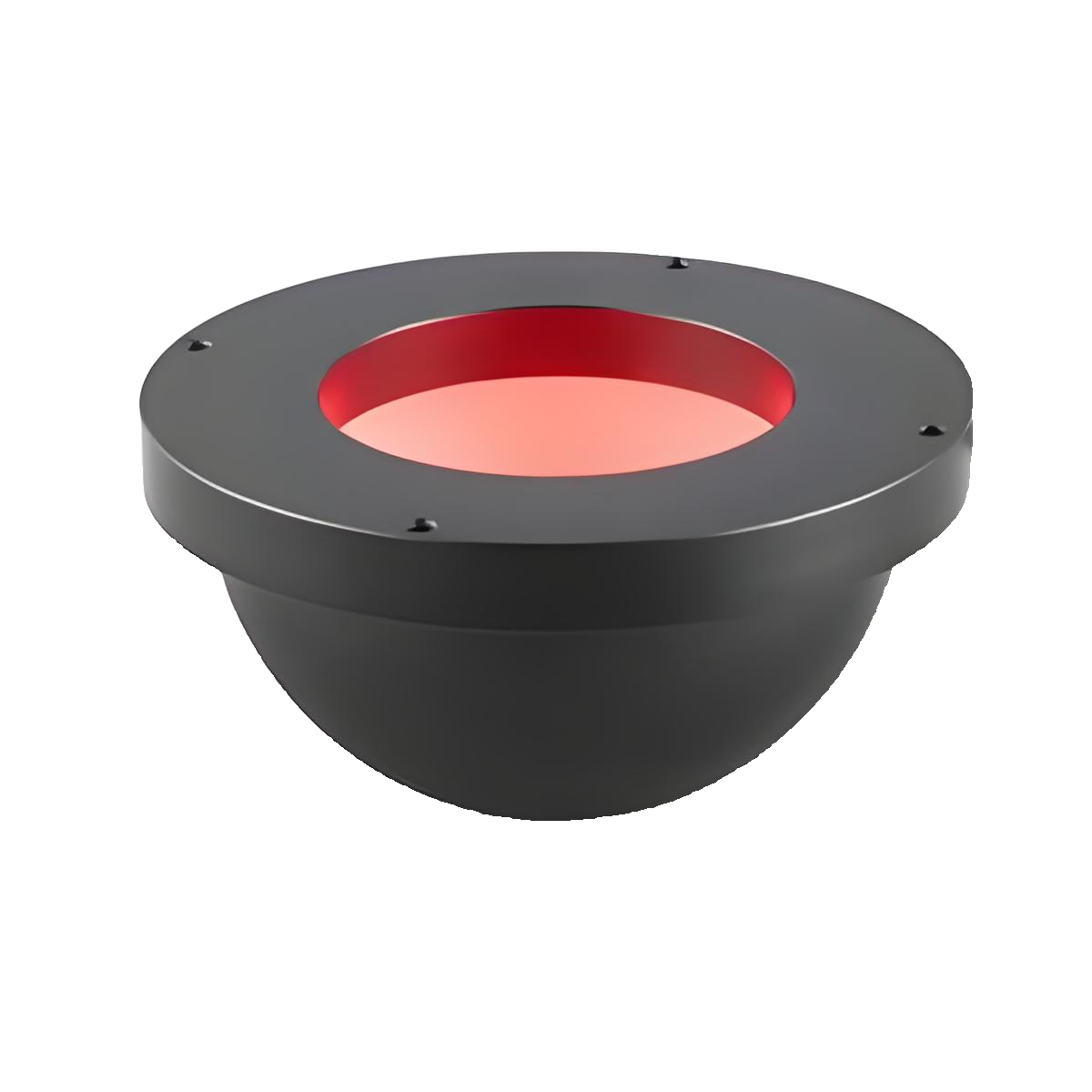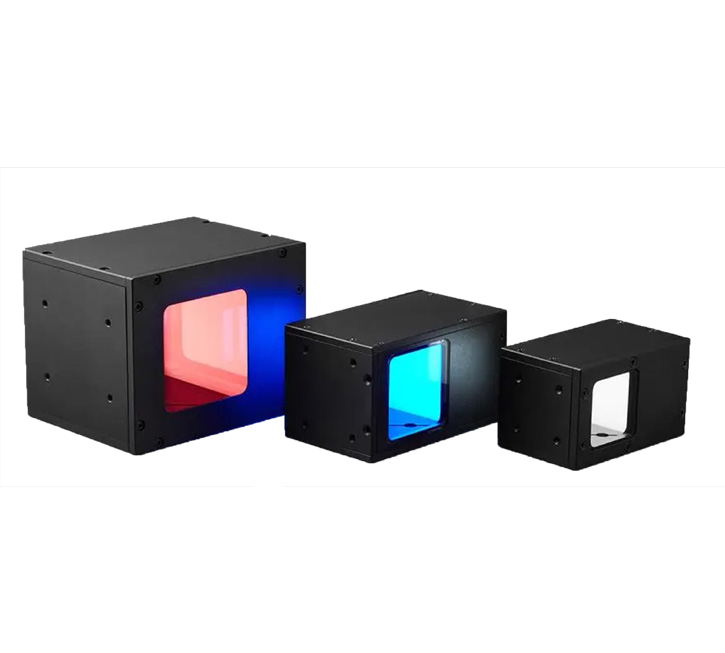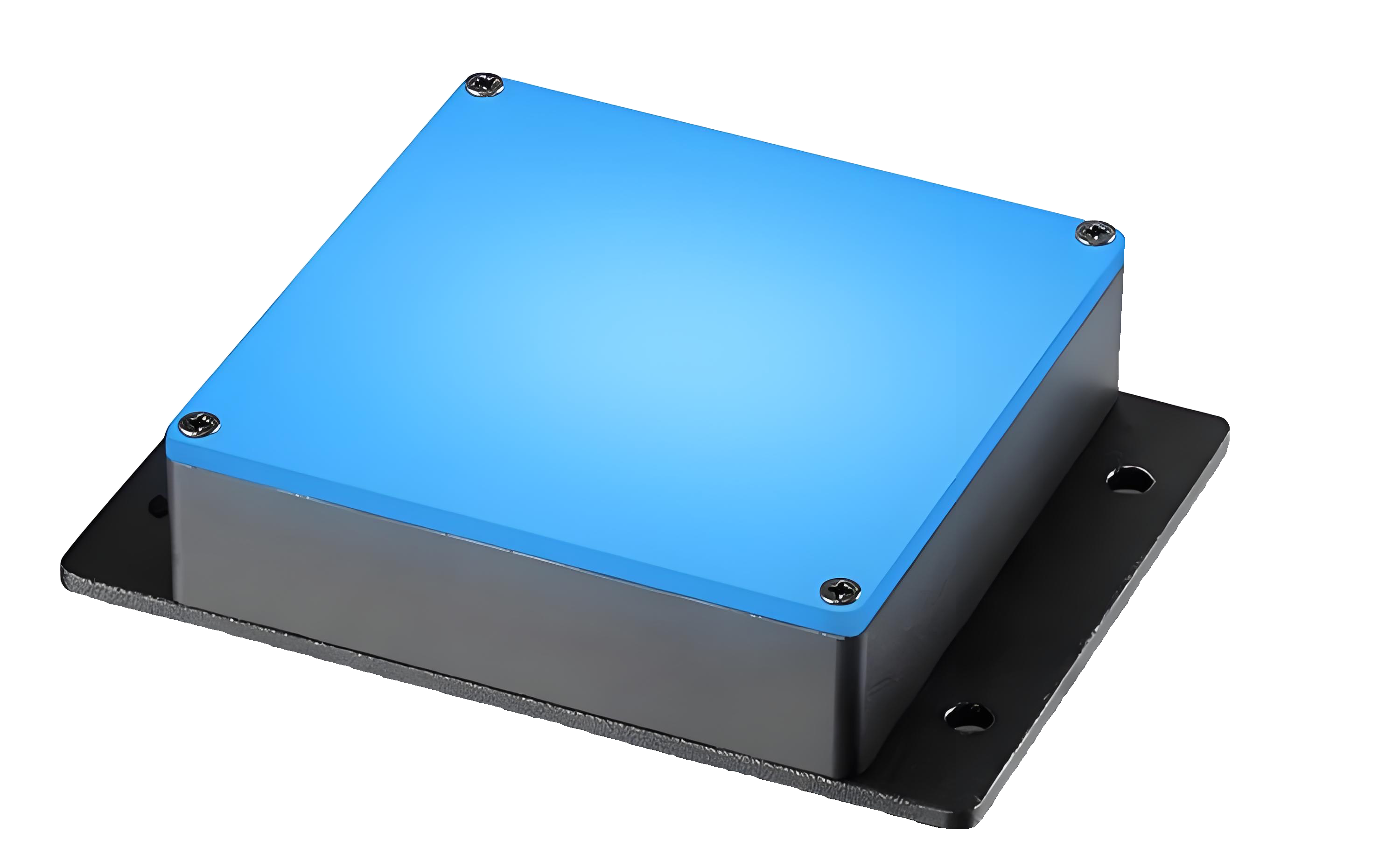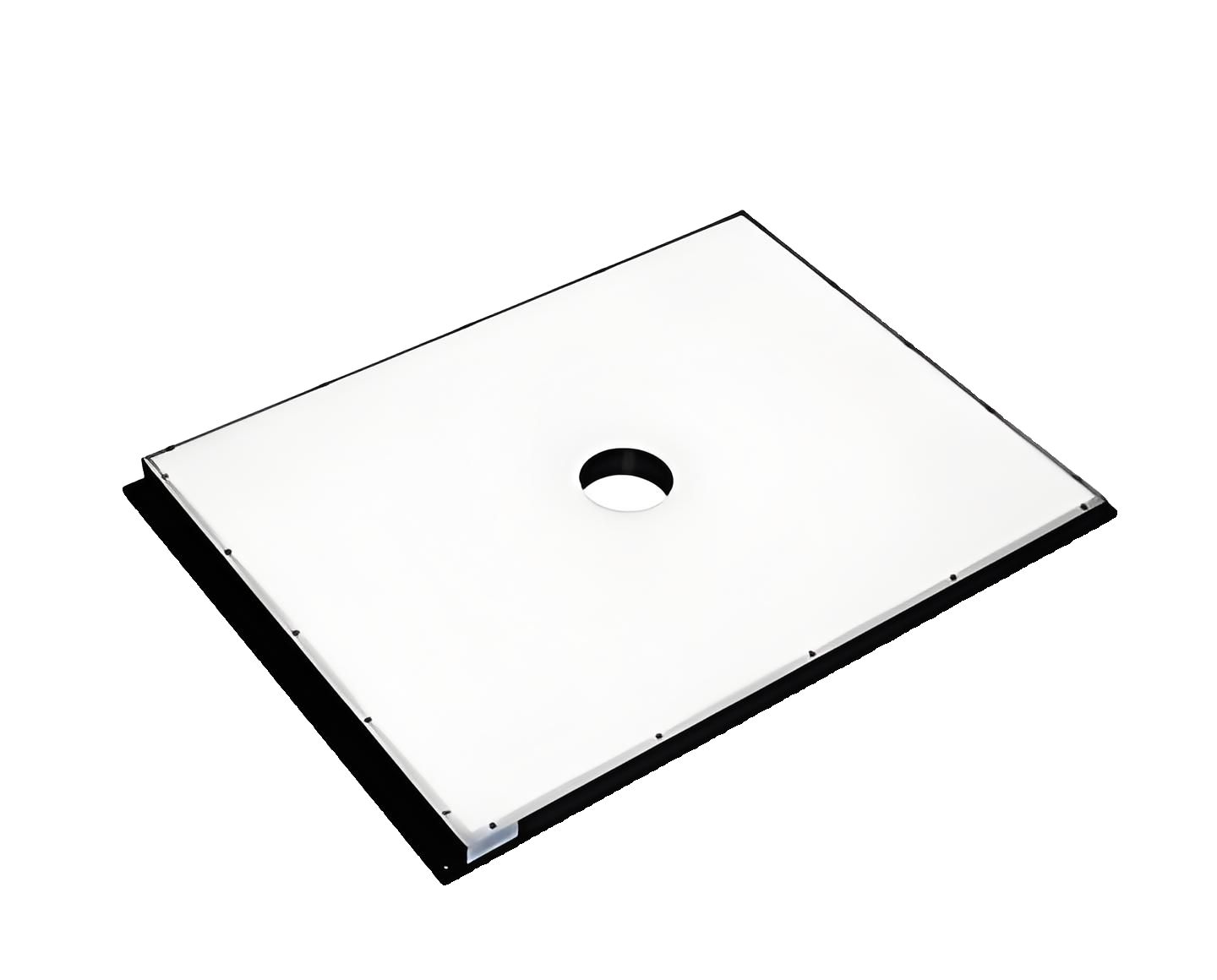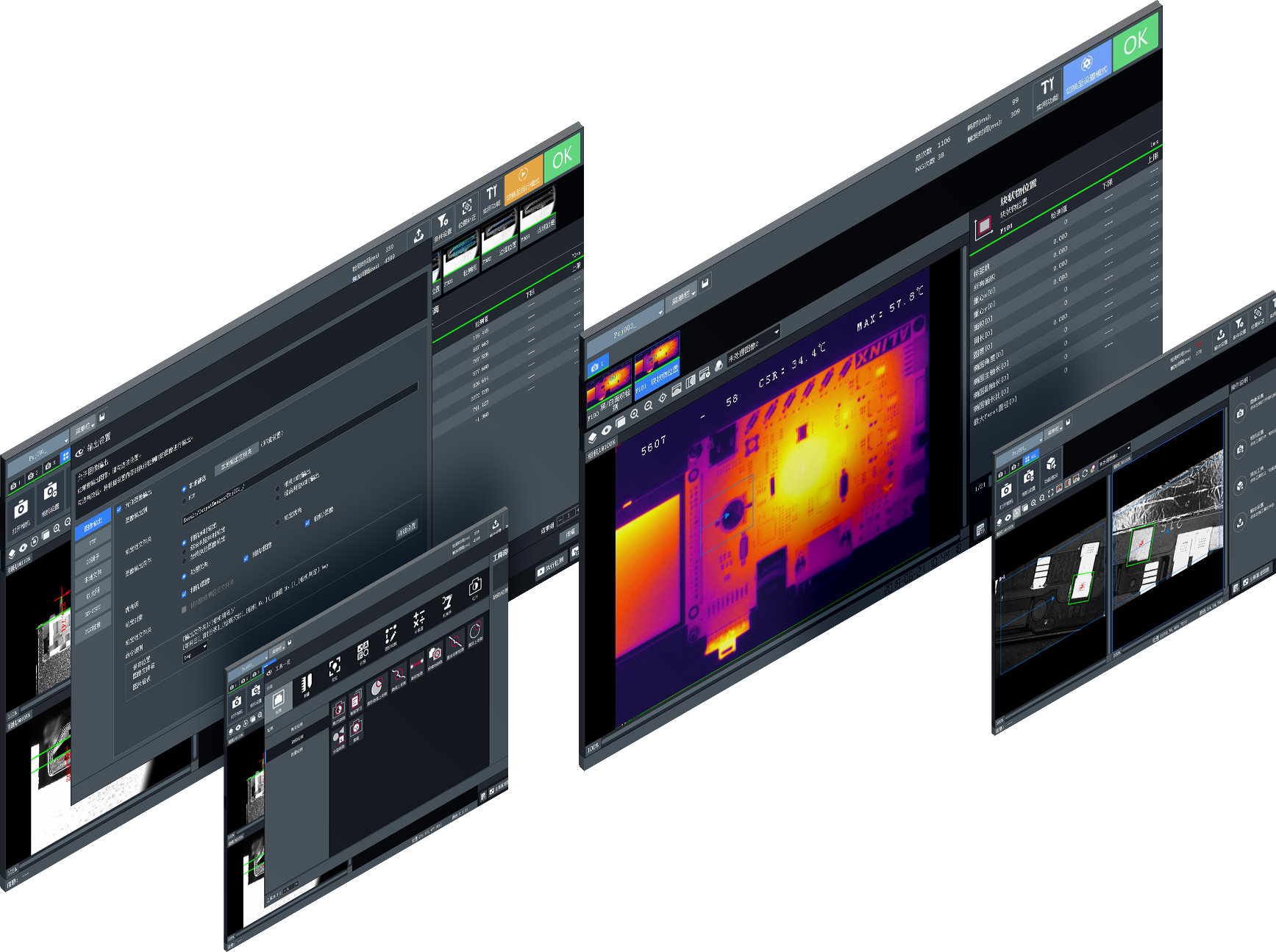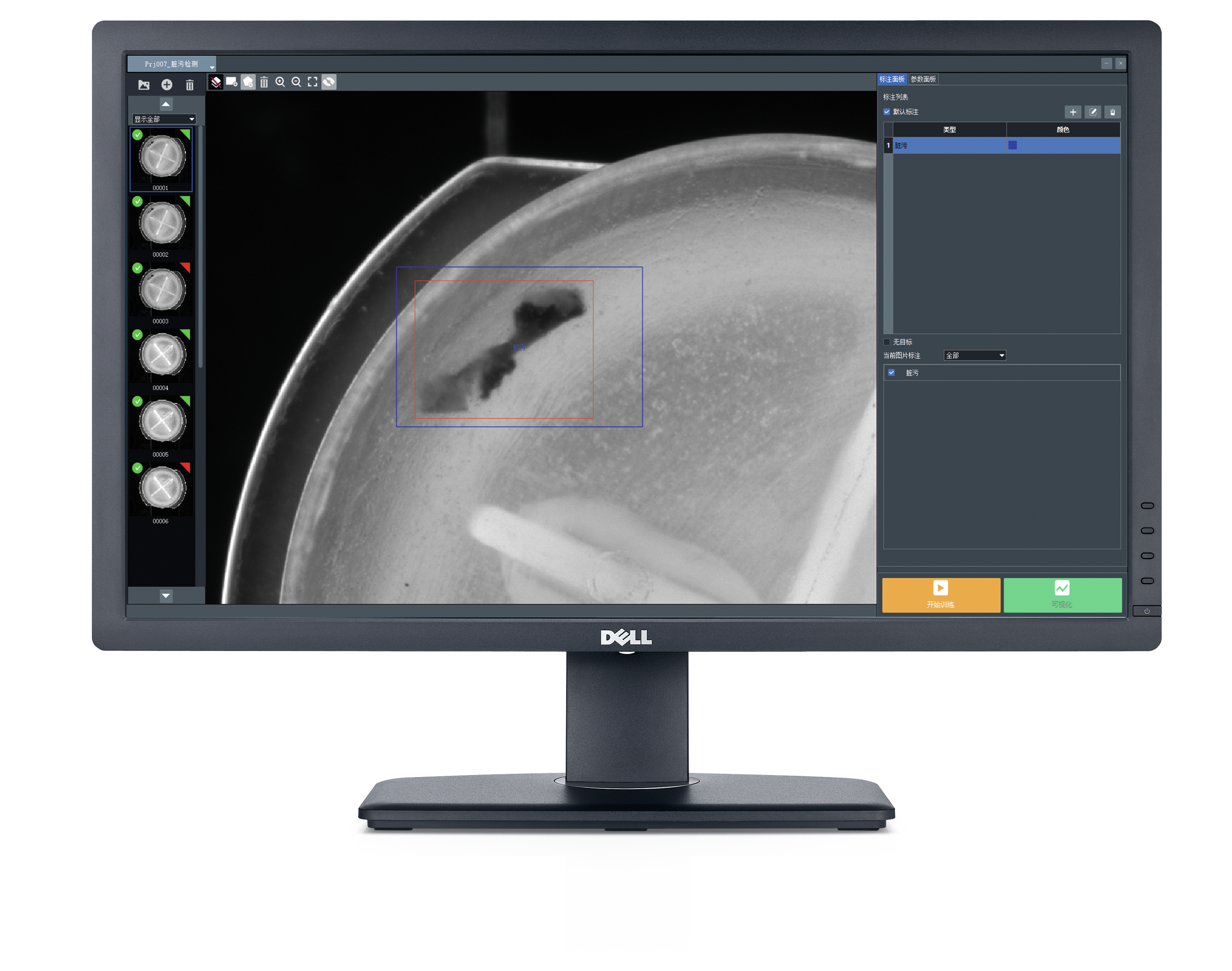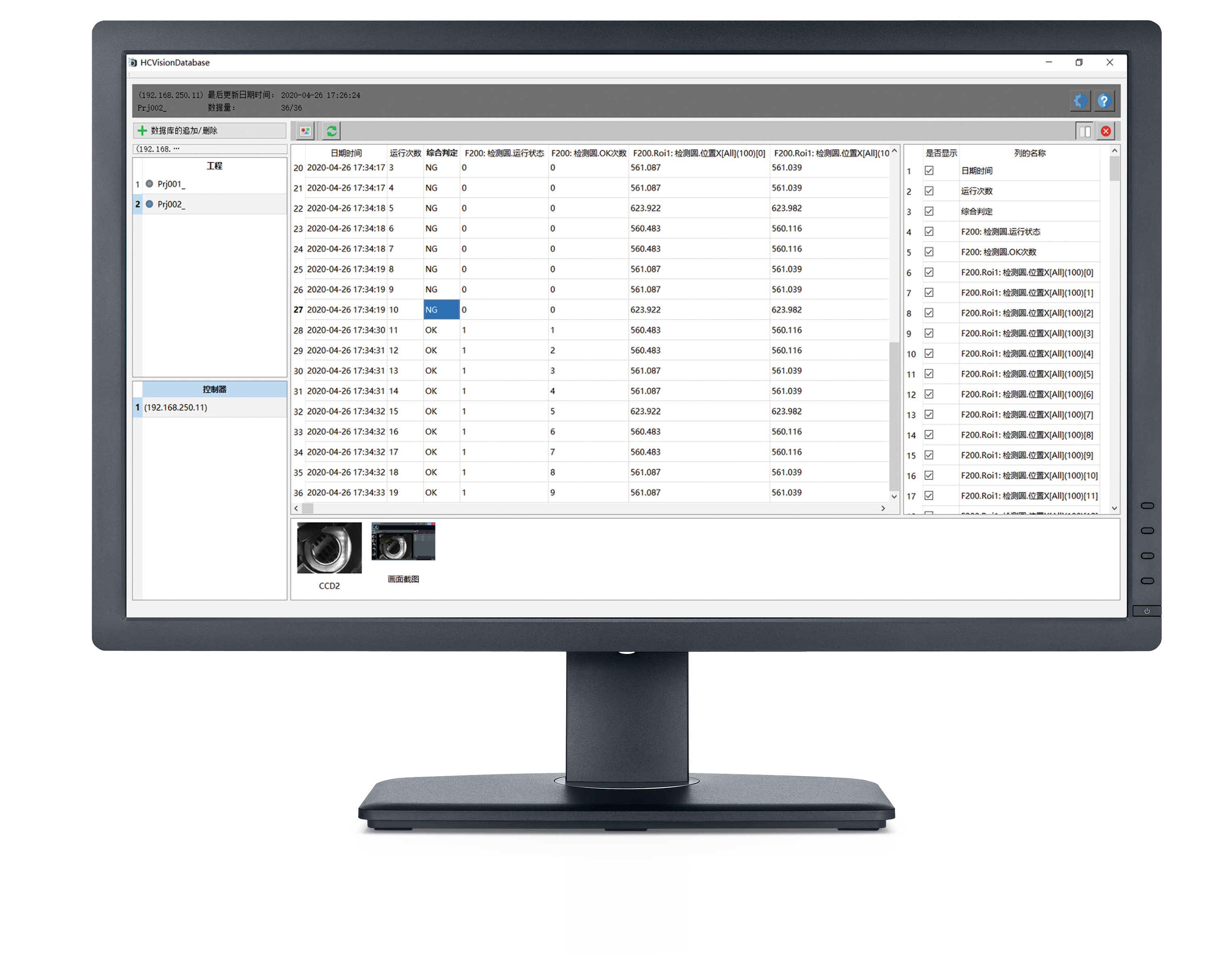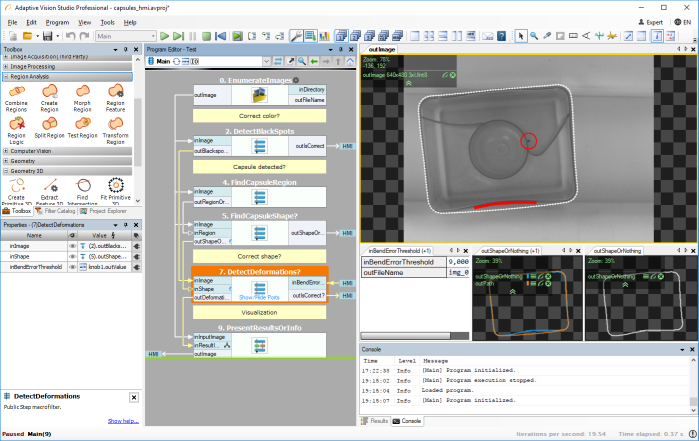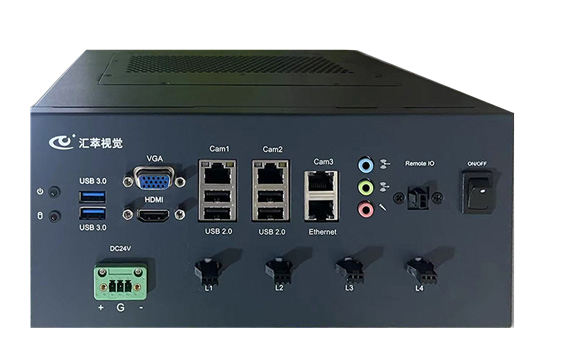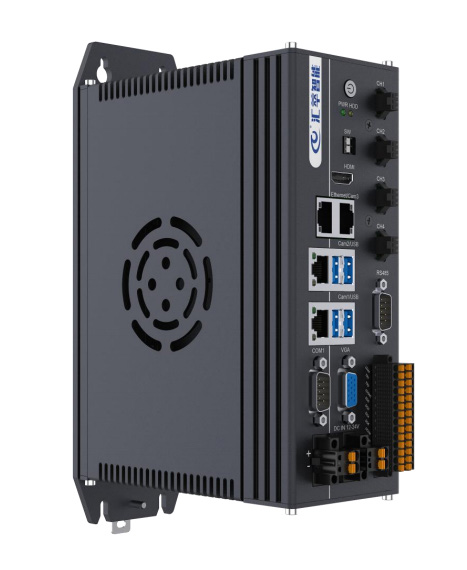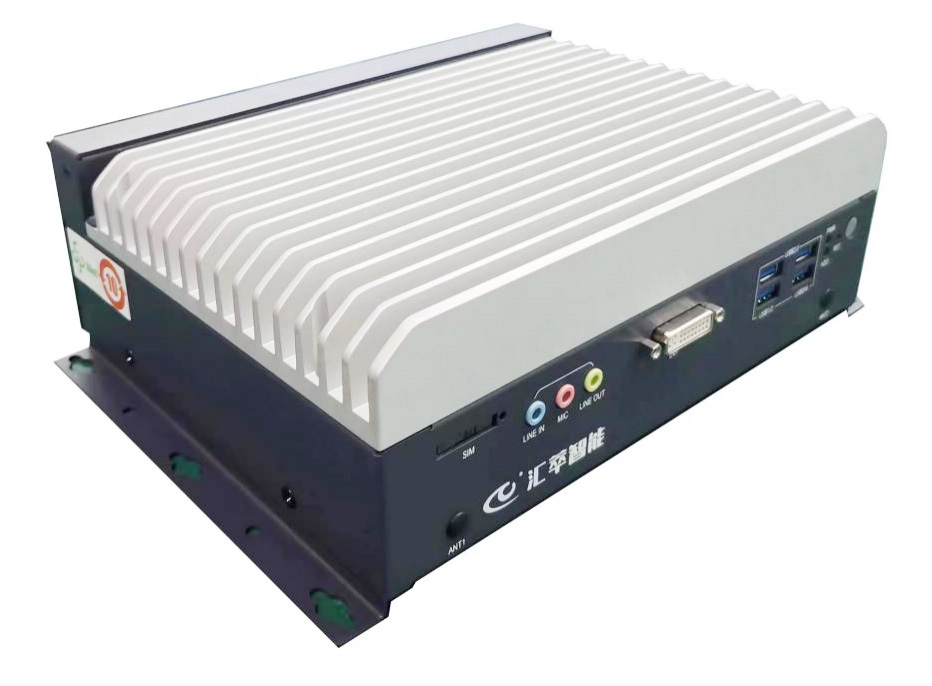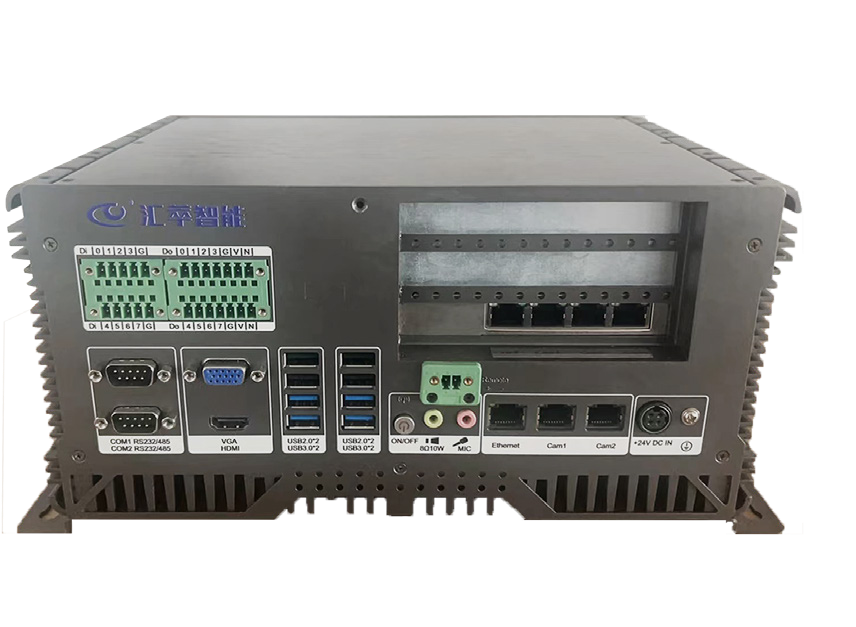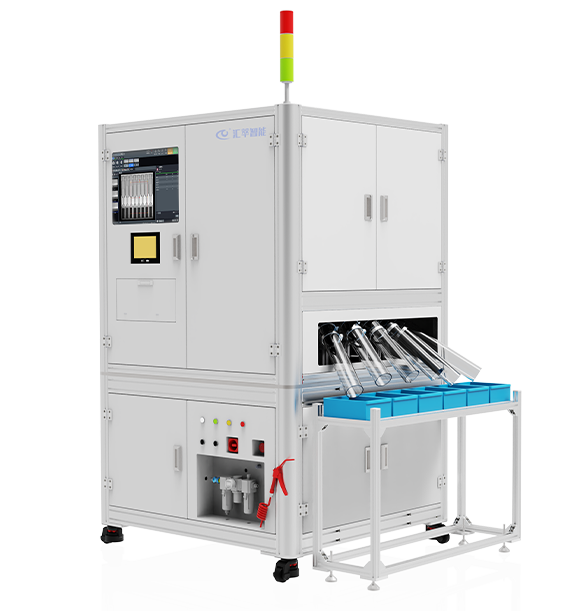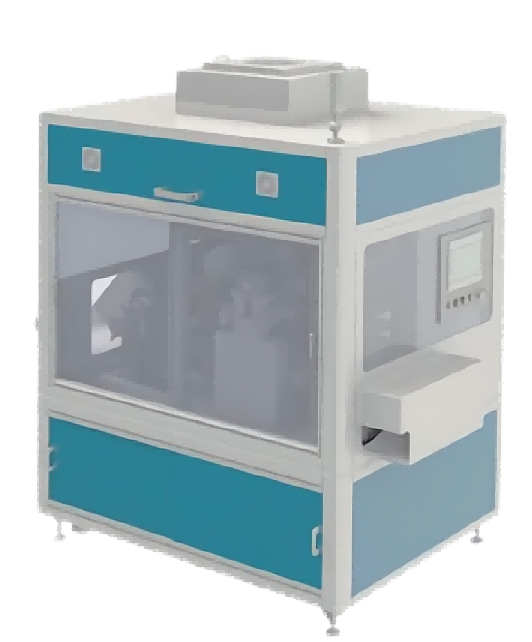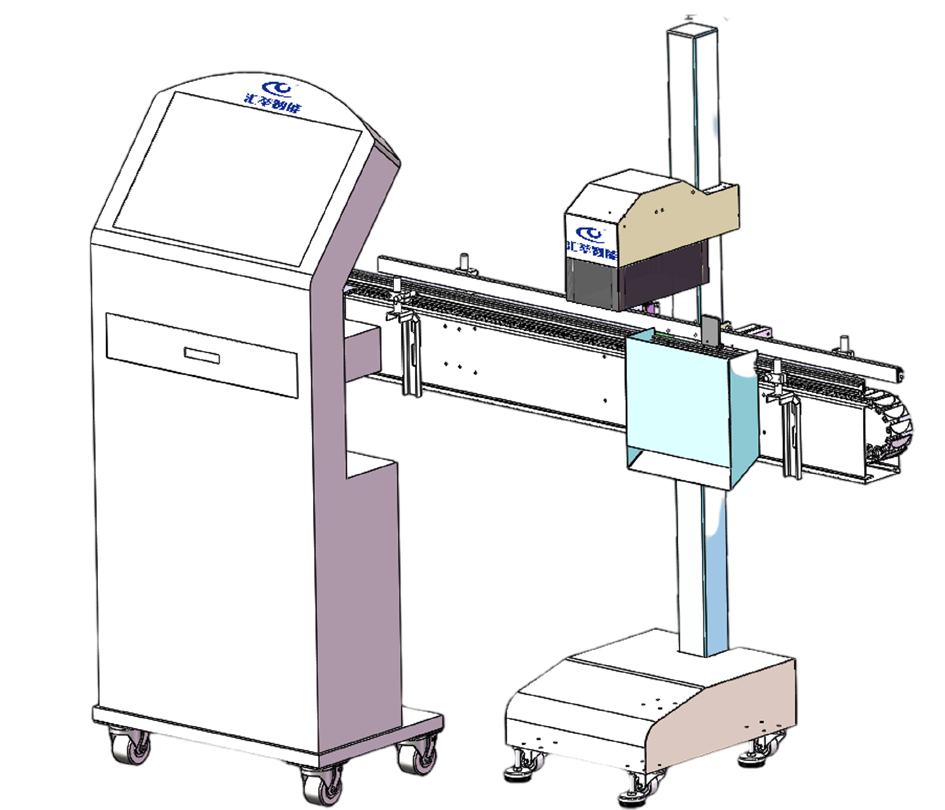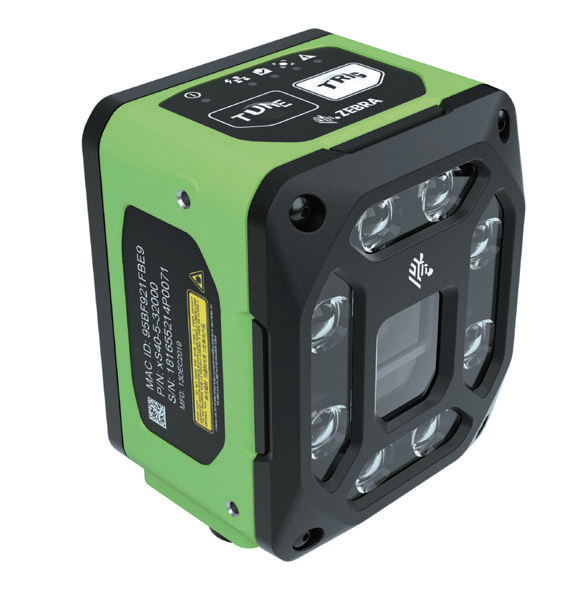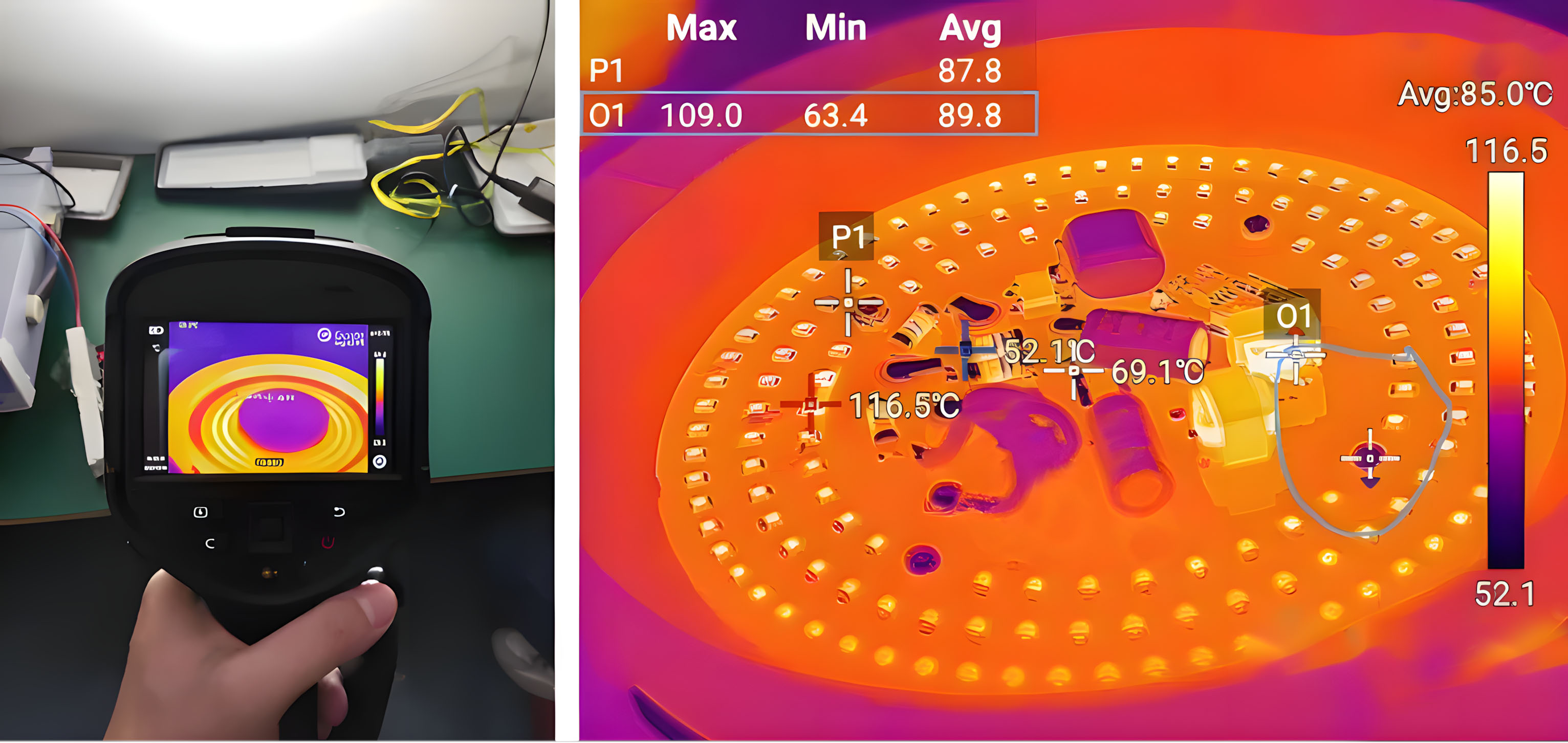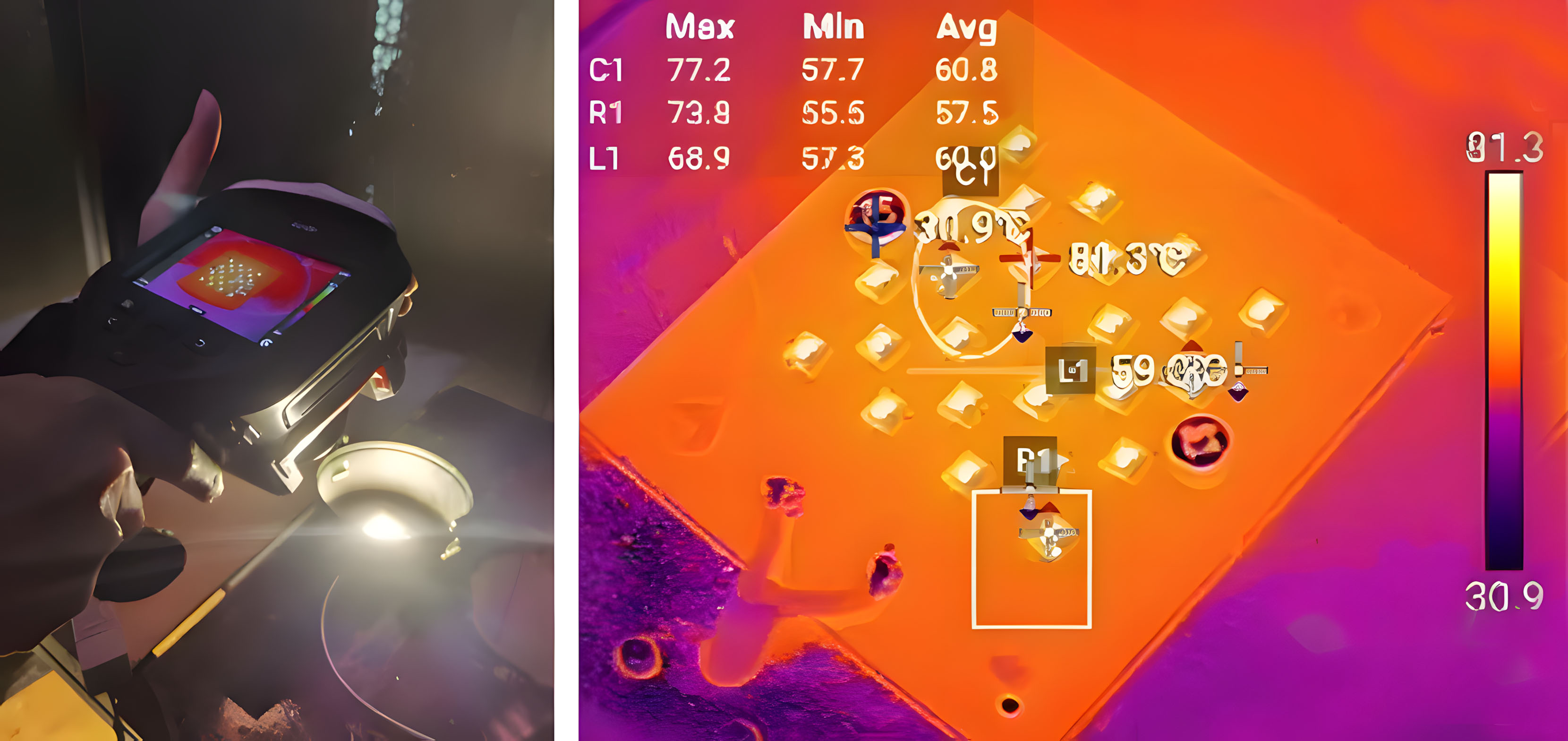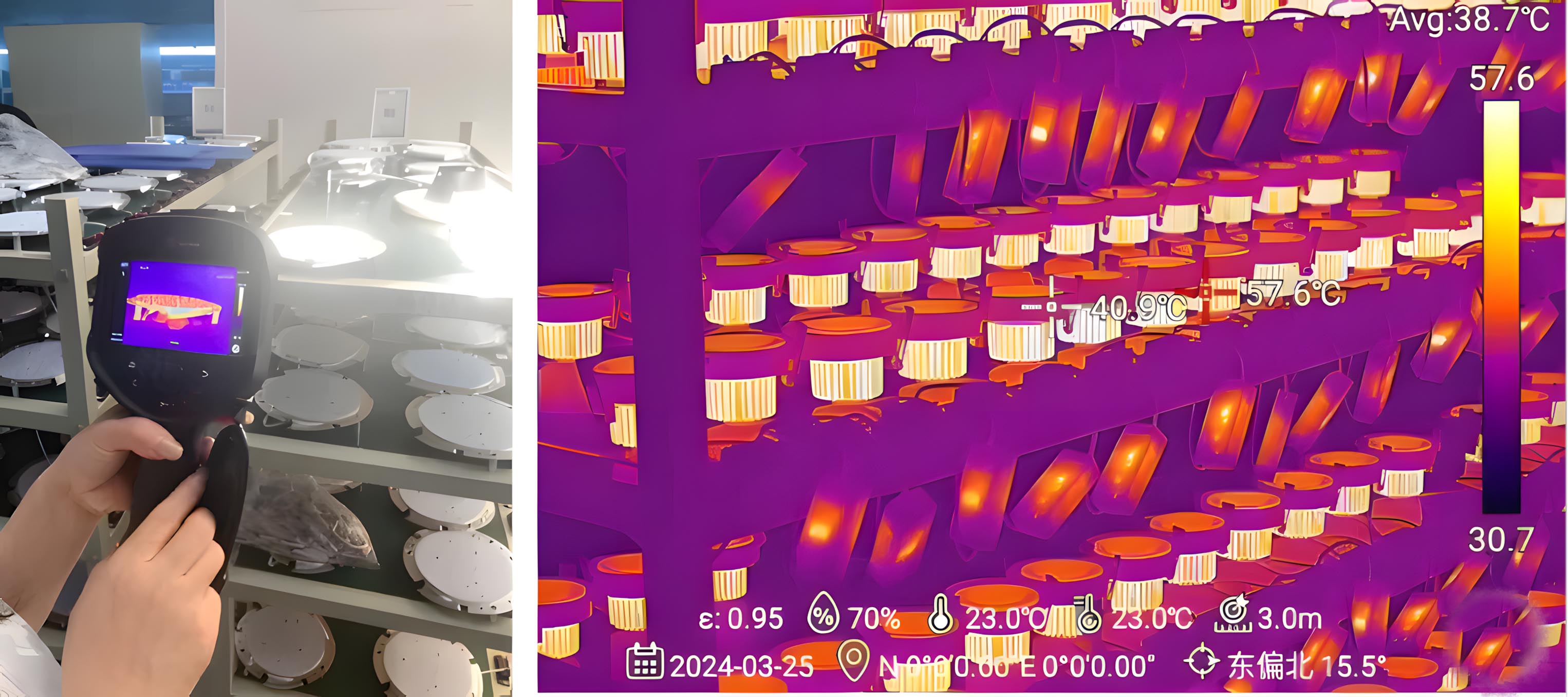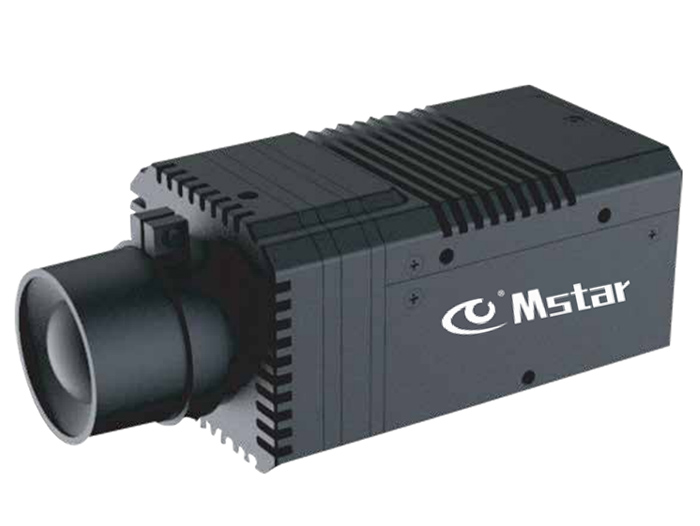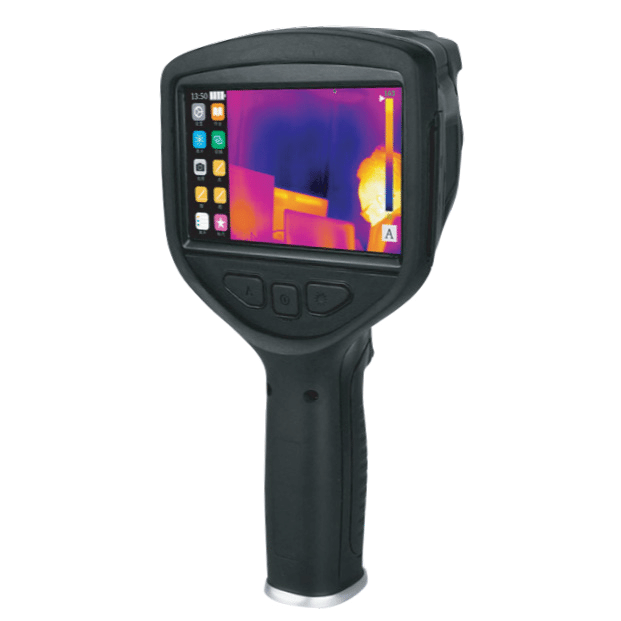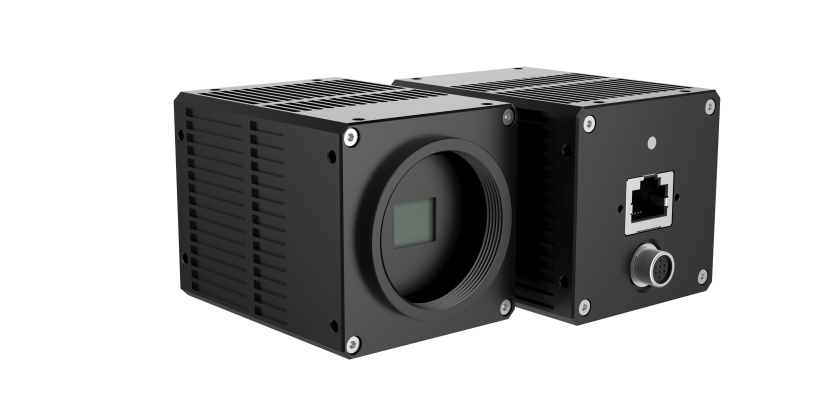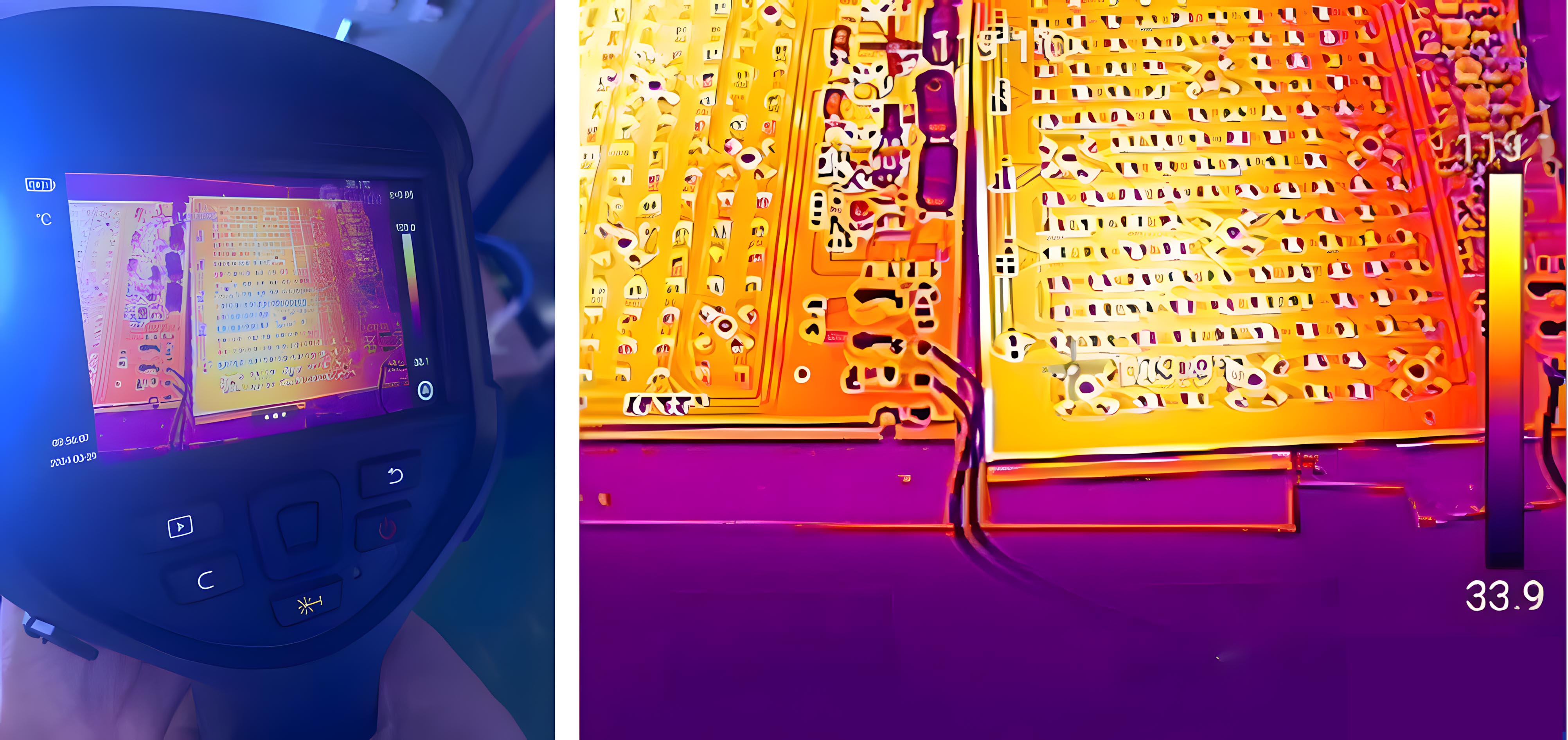
Background
As the lighting industry increasingly demands higher energy efficiency and reliability, thermal management of light source modules has become a crucial aspect of product design. Particularly for DOB (Driver-on-Board) and linear light source modules, their high power density often leads to overheating, affecting both performance and lifespan. To optimize the thermal performance of these modules and ensure stable long-term operation, a company decided to adopt advanced infrared thermal imaging technology for comprehensive monitoring and optimization.
Solution
This project utilizes the HD-E600G-25 infrared thermal imaging system to monitor the temperature of PCBA components in DOB and linear light source modules. By analyzing the temperature distribution in real time, the engineering team can identify overheating areas and make timely adjustments to prevent device failures caused by thermal issues. Additionally, infrared thermal imaging is used to assess the heat dissipation performance of the light source modules, optimizing the heat sink design and improving the overall thermal management efficiency.This technology enables the company to proactively prevent potential thermal problems during the product development phase, ensuring that light source modules achieve higher energy efficiency and a longer service life, ultimately providing high-performance, reliable lighting solutions and enhancing market competitiveness.
Benefits
- Optimized Thermal Design & Improved Heat Performance: By analyzing the heat dissipation patterns, the thermal path of the light source modules can be optimized, improving thermal management efficiency. This not only enhances the overall performance of the lighting system but also extends product lifespan.
- Enhanced Product Reliability & Stability: Early identification of potential thermal issues allows for timely corrective actions, improving the reliability of light source modules and ensuring stable performance over the long term.
- Improved Energy Efficiency & Reduced Power Consumption: Optimized thermal management design reduces unnecessary energy losses, improving the energy efficiency of lighting products and meeting market demands for energy-saving and environmentally-friendly solutions, thus enhancing product competitiveness.



